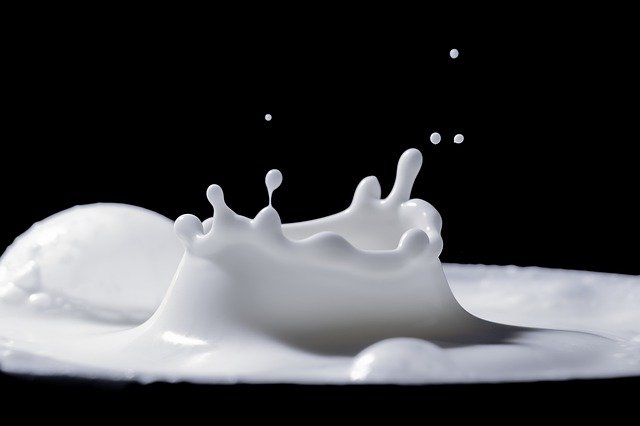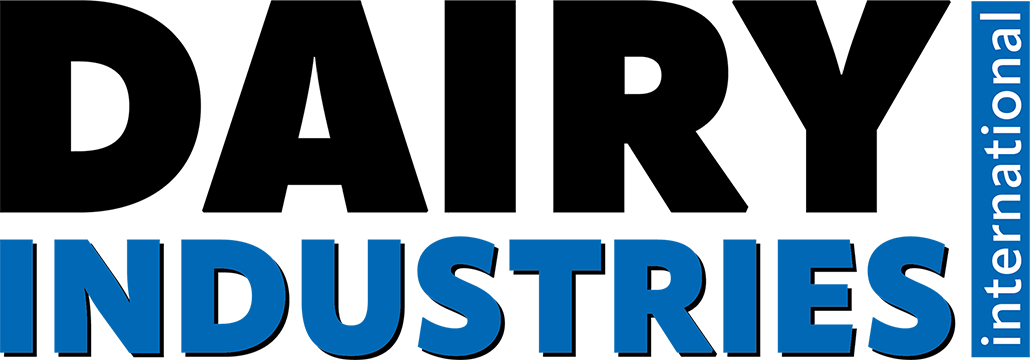Raw material costs rise in Germany

Prices in the German dairy market have increased, according to Germany’s IFE Institute in Kiel. The Kiel raw material value milk reached a historical high of €0.524 per kilogram in December and thus gave the direction in which the milk producer prices are likely to progress.
The annual Kiel raw material value is in 2021 at €0.39/kg and thus 26% higher than in 2020. In the case of milk producers, the IFE Institute estimates an average value of around €0.36/kg milk for 2021, which is 10% over the 2020 prices.
Despite the nominal price development for producers, the expectations of many dairy farmers remain lowered income because of the significantly higher production costs. Even in milk processing the cost has increased, so that only rising and sustainable prices for dairy products can stabilise the situation, states IFE.
For the first few months of 2022, it can be expected that butter and skimmed milk powder costs will still be at higher levels. Further improvements are conceivable, and this is driven by the higher prices of both butter and skimmed milk powder.
Cheese prices must continue the increase, so the cheese manufacturers can compete with the raw milk price. Cheese producers make use of over half of the milk delivered in Germany.
A large proportion of cheese production is traded in longer-term contracts, where the agreed prices are not exposed to fierce short-term fluctuations such as the markets for block butter and other dairy industrial products.
On the other hand, these delays then benefit the milk producers, when markets come under price pressure. The same applies to the consumer milk and the fresh assortment whose revenues are still behind the other evaluations.
The most violent short-term fluctuations are revealed on the spot market for liquid raw materials such as tank milk, skimmed milk concentrate and tank cream – products that are predominantly sold between dairies and partly also between dairies and other branches of the nutritional industries.
The raw material shortage has led to stretching of the operation of many contracts, especially in milk powders and cheese. As a result, the holiday-related overhang is likely to be quite desirable to strengthen the thin supply chains through more storage.
Since September 2021, dairy deliveries in Germany were first 2.5% and now 3% behind the same period of the previous year, and has stagnated more or less since 2019. Unlike other years with lower milk production, the seasonal low in late autumn shows no signs of weakening but rather is a continuation until the spring.
The year 2021 is estimated to see milk supplied to German dairies reaching almost 32 million tons, which is 0.5 million tons less than in 2020.
At the beginning of November 2021 (according to Destatis) there were 3.83 million dairy cows in Germany, which was 2.3% less than in 2020, and unlike in the years before the medium milk yield per cow has barely risen, possibly even slightly fallen, which has to do with the difficult basic food situation and increased prices for power. This indicates a phase of structural change, according to the institute.
